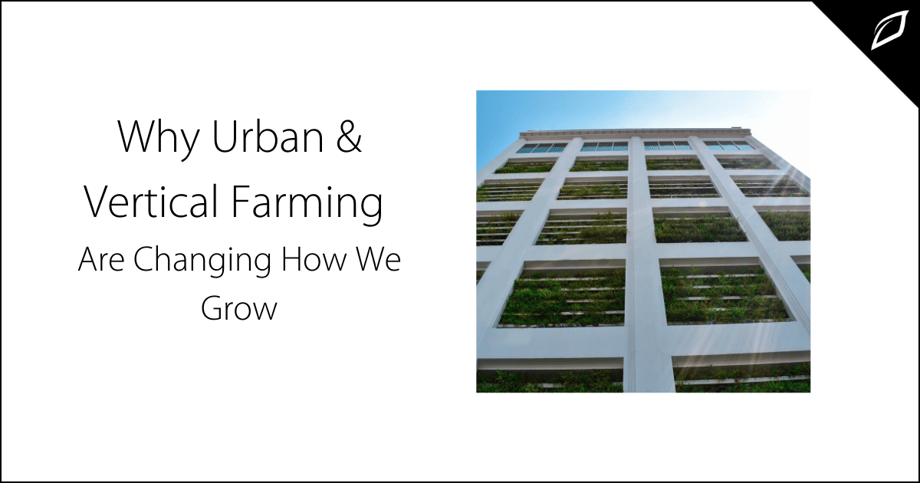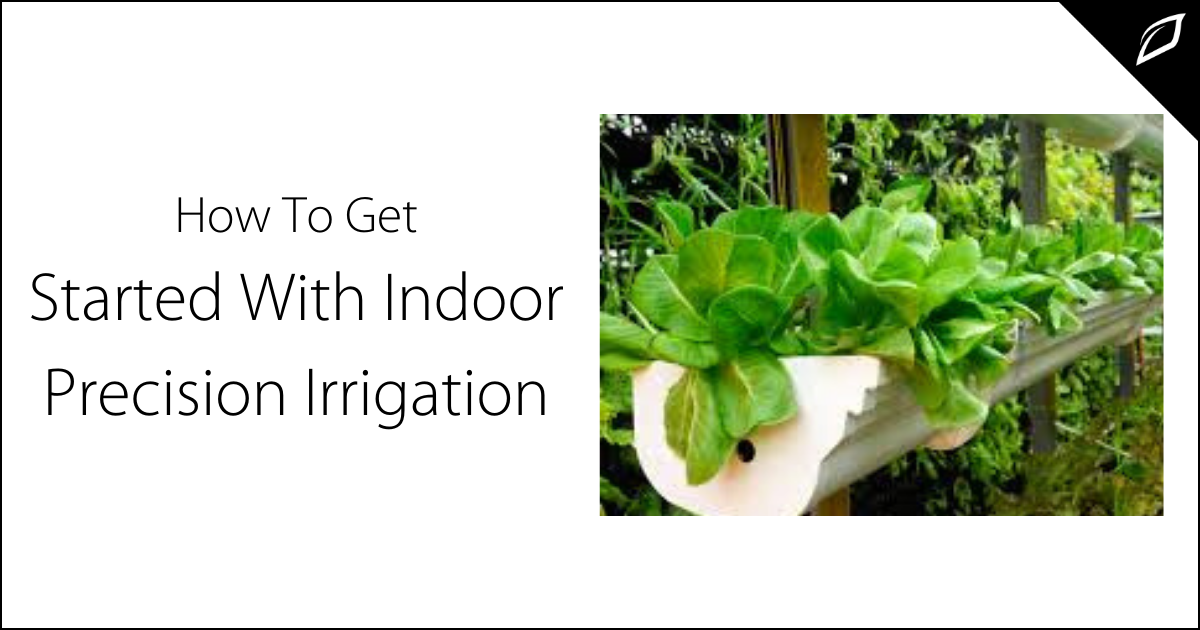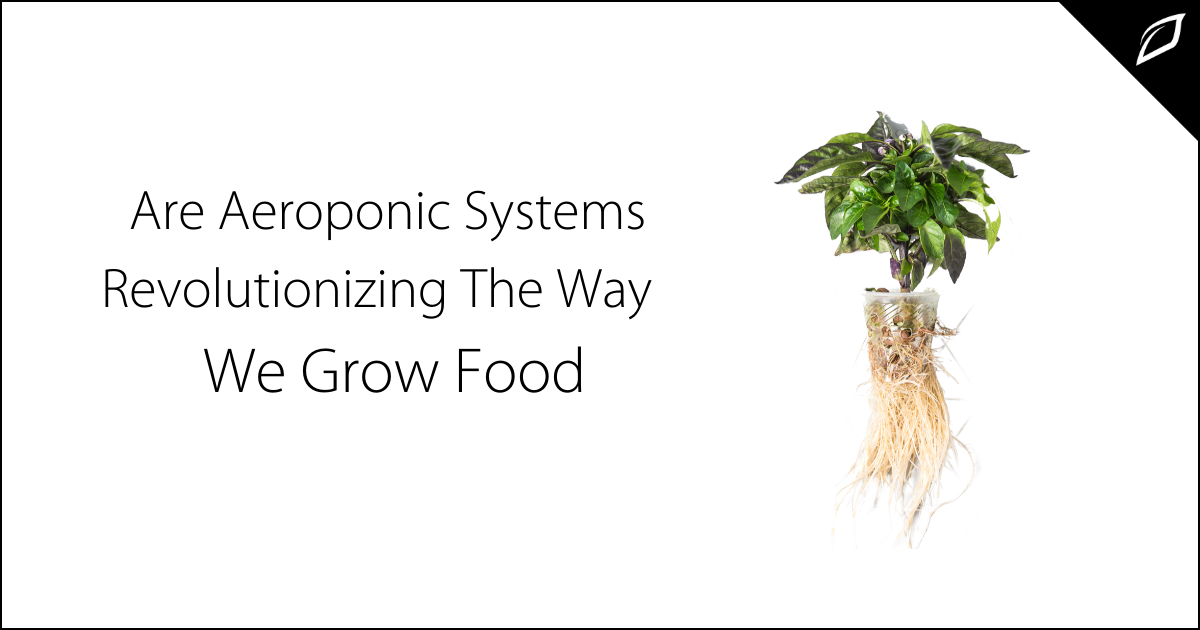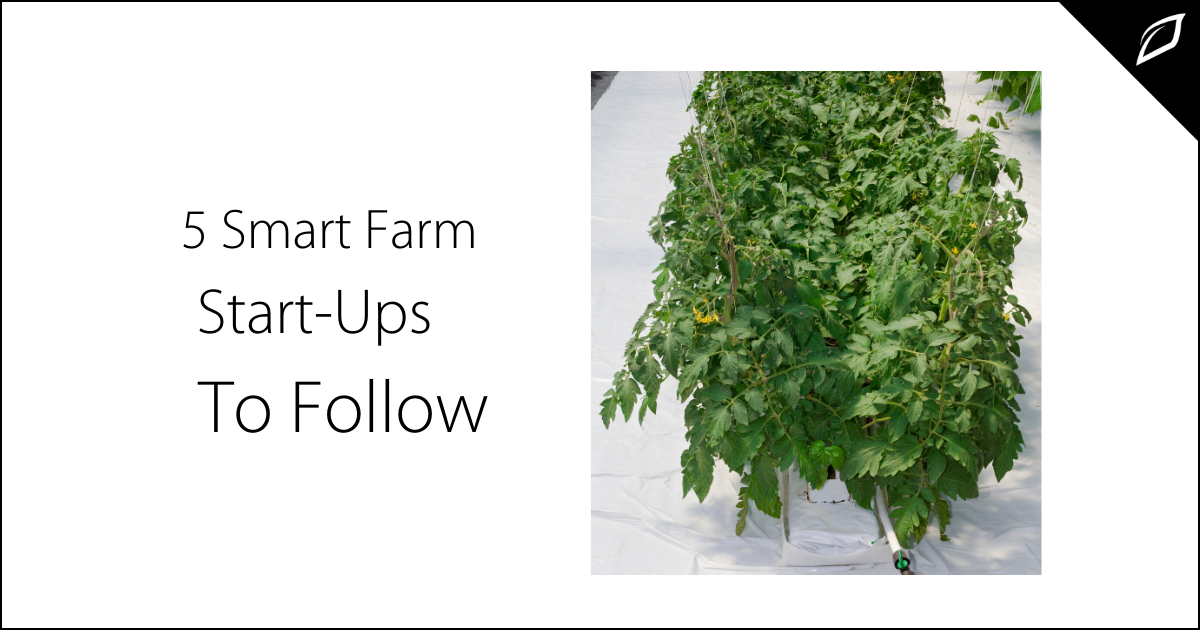How To Get Started With Indoor Precision Irrigation
The development of reliable plastic systems, paired with smart sensors and monitors, offers a significant opportunity for growers to enhance...
2 min read
Joy King : Jun 11, 2020 8:51:22 AM


What Is Urban and Vertical Farming?
First coined by American geologist Gilbert Bailey in 1915, the term vertical farming was initially a practical solution to a lack of sustainable soil by growing up instead of out. In 1999, Dickson Despommier, a professor at New York's Columbia University, popularized the modern idea of vertical farming. ut indoor growing and vertical farming really gained momentum when recreational cannabis use was legalized in Colorado in 2014, where frigid winter temperatures prevented year-long growth.Because indoor, vertical growers can control environmental conditions using agricultural technology, it's ideal for growing crops in areas that otherwise would have to be reliant on long-haul trucking. Since crossing state lines is prevented by current cannabis legislation, this highlighted the need for localized solutions.
Urban farming, as the name suggests, refers to the practice of cultivating crops in densely populated areas. While it may sound contradictory at first, urban farming is an increasingly popular model for small commercial growers seeking to provide produce to the very doorstep of consumers. Urban farming happens in forgotten or underutilized spaces: rooftops, for example, as well as on vacant lots. Urban agriculture can happen indoors in vertical gardens. It can be done using self-contained kits that deliver maximum yield on minimum space, or it can happen in recycled shipping containers, which can be purchased pre-outfitted with a variety of growing technologies.
Urban and vertical farming combined can be an eco-friendly alternative to traditional agriculture, delivering high yields on less land while consuming fewer resources. It's less water-intensive, less nutrient-dependent. Growing urban means you can be closer to the consumers, which helps satisfy the increasing desire for locally grown products.
There's a potential social benefit, as well. Urban and vertical growing can help address the phenomenon of food deserts, city spaces where residents lack fresh produce, and other staples. By growing where the people live, urban farmers help close this gap.
"Urban agriculture contributes to local economic development, poverty alleviation, the social inclusion of the urban poor and women, and the greening of the city and the productive reuse of urban wastes," one study found.
Technology's Role in Urban and Vertical Farming
Technology can play a crucial role in making agriculture a viable option for those who live in an urban environment. Here are three tech-driven solutions that are making urban farming more accessible:
Whatever form they may adopt, most urban farmers rely on some version of controlled-environment agriculture. The term applies broadly to the sensors, remote controls, and app-based interfaces that enable agriculture in what might be considered challenged or constrained environments. In this sense, technology is a crucial enabler, providing critical tools for making urban and vertical farming possible.
Powered by technology, urban farming is bringing agriculture closer to the consumer, reducing the carbon footprint of the farm while simultaneously satisfying the rising call for locally grown goods.

The development of reliable plastic systems, paired with smart sensors and monitors, offers a significant opportunity for growers to enhance...

According to one recentreport, the aeroponics segment will experience growth of over 21 percent from 2017 to 2024—the largest compound annual growth...

Investors are looking to agricultural technology as the next hot space. With populations growing and arable land shrinking, farmers are looking for...